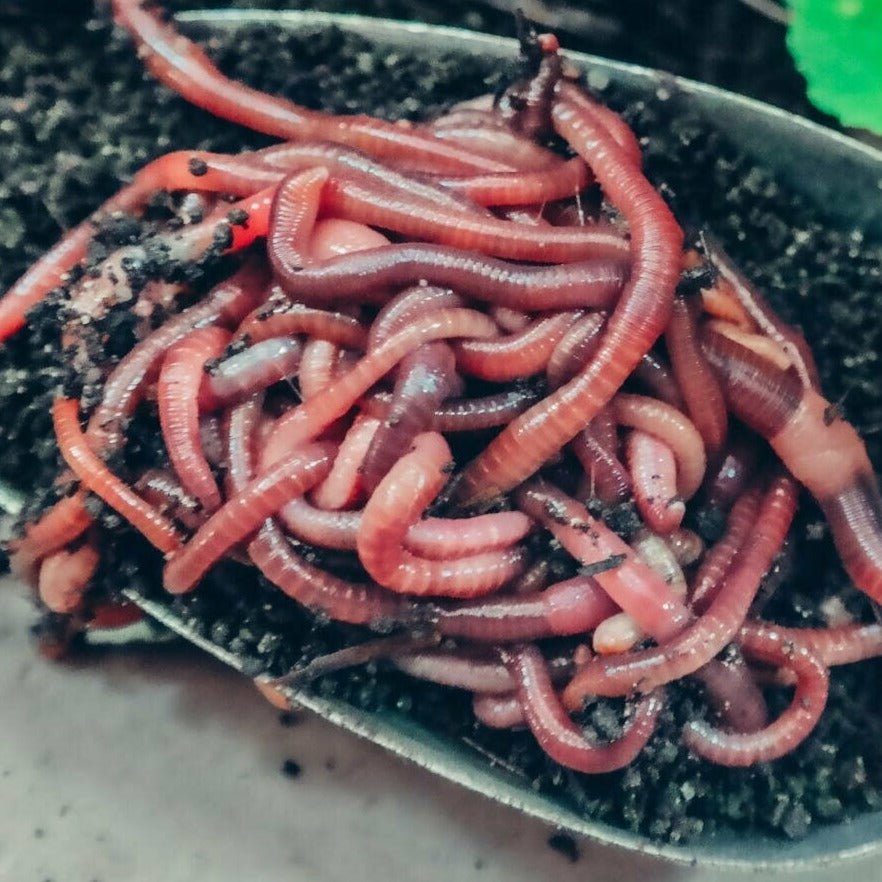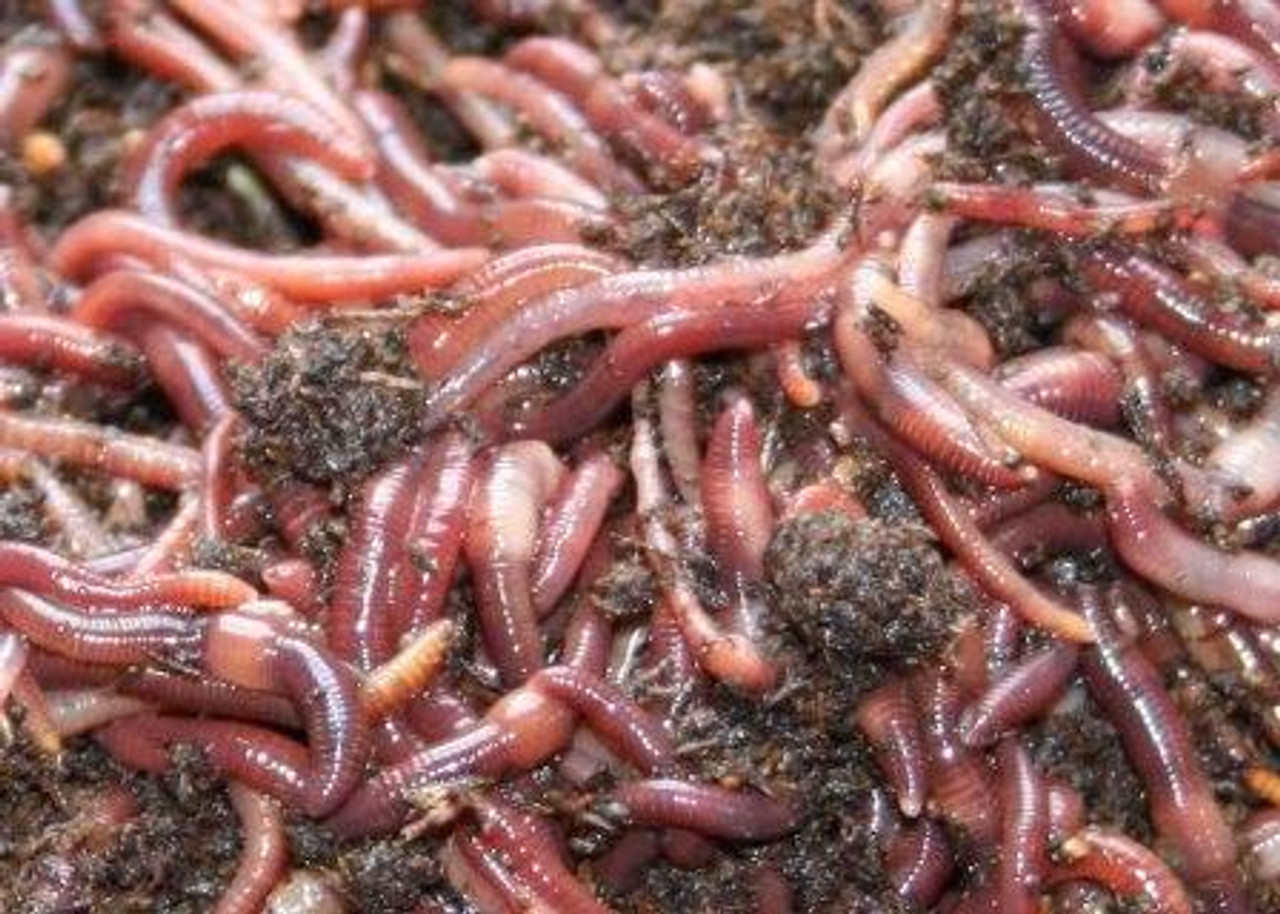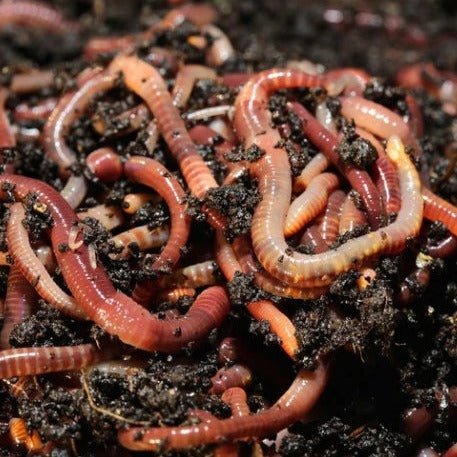Red Wigglers: The Unsung Heroes of Organic Waste Recycling
Red wigglers, or Eisenia fetida, serve as crucial representatives in the organic waste recycling process, changing disposed of materials into beneficial vermicompost. As the world significantly looks for services to combat waste buildup and enhance agricultural performance, recognizing the role of these worms comes to be vital.
What Are Red Wigglers?
The exceptional durability of red wigglers, scientifically recognized as Eisenia fetida, underscores their crucial role in natural waste recycling. These small, reddish-brown earthworms are commonly located in disintegrating raw material, such as garden compost stacks and manure stacks. Lake Hickory Bait. Unlike various other earthworm types, red wigglers grow in nutrient-rich atmospheres and are very effective at damaging down organic products, making them important for vermicomposting

(Red Wiggler Express)In enhancement to their role in waste reduction, red wigglers contribute to dirt wellness by boosting dirt framework and oygenation through their tunneling tasks (Lake Hickory Bait). Their visibility in composting systems not just improves disintegration prices but also advertises a sustainable approach to lose monitoring, highlighting their importance in environmental preservation initiatives
Advantages of Composting With Worms
Composting with worms, specifically red wigglers, provides countless benefits that boost both waste monitoring and dirt health and wellness. Initially, these worms efficiently damage down natural waste, transforming it right into nutrient-rich vermicompost that enriches soil. This process accelerates decomposition, enabling a quicker recycling of kitchen area scraps and other organic materials compared to conventional composting techniques.
In addition, the vermicompost generated by red wigglers is bristling with advantageous bacteria, which assist improve soil framework, aeration, and dampness retention. This improves the general health of plants, promoting vigorous development and raised returns in gardens and farming setups. In addition, making use of worms in composting reduces the production of greenhouse gases, such as methane, adding to a much more sustainable waste monitoring system.

How to Begin Vermicomposting
Developing a vermicomposting system is an uncomplicated procedure that can produce considerable advantages for both waste management and soil enrichment. To start, choose an appropriate container, such as a plastic container or wood box, with ample air flow holes to guarantee appropriate air flow. The measurements must preferably be about 2 feet by 3 feet, enabling sufficient room for the worms to thrive.
Following, prepare bed linens material, which can contain shredded newspaper, cardboard, or coconut coir. This bed linens should be dampened to create an ideal habitat for the worms. Once the bed linen remains in location, introduce red wigglers (Eisenia fetida) right into the bin, usually around one extra pound of worms for every square foot of surface area.
Complying with the positioning of worms, add natural waste, such as fruit and veggie scraps, coffee premises, and smashed eggshells. With these actions, you will efficiently launch a vermicomposting system that contributes to sustainable waste administration and enriches your dirt.
Preserving a Healthy And Balanced Worm Container
(Red Wiggler Express)Keeping a worm container thriving calls for routine interest and like guarantee the health and wellness of the red wigglers and the effectiveness of the composting process. Proper maintenance starts with keeping an eye on the wetness degrees; the container ought to perspire yet not soaked. An excellent general rule is to keep an uniformity comparable to a wrung-out sponge.
Delicately blending the bed linens and food scraps every couple of weeks protects against compaction and ensures that all worms have accessibility to oxygen. In addition, it is essential to feed the worms suitably.
If the container ends up being as well hot or cool, the worms may come to be stressed. By diligently managing these elements, one can preserve a robust and productive worm bin.
Effect on Sustainable Living
The successful upkeep of a worm container not just benefits the health of red wigglers but additionally adds dramatically to sustainable living practices. By recycling natural waste, such as kitchen area scraps and lawn debris, red wigglers assist draw away considerable amounts of product from garbage dumps. This reduction in waste not only reduces greenhouse gas emissions yet likewise reduces the ecological concern associated with waste management.
Moreover, the spreadings created by red wigglers function as a nutrient-rich natural fertilizer, enhancing dirt health and advertising plant development. This all-natural option to chemical fertilizers sustains sustainable farming and horticulture practices, decreasing dependence on synthetic inputs that can damage ecological communities. Additionally, worm composting cultivates awareness of waste management, motivating people and neighborhoods to embrace more lasting practices.

Final Thought
In recap, red wigglers offer as essential factors to natural waste recycling through their effective disintegration of natural products. By integrating vermicomposting into waste management techniques, people and neighborhoods can considerably decrease waste while promoting ecological sustainability.